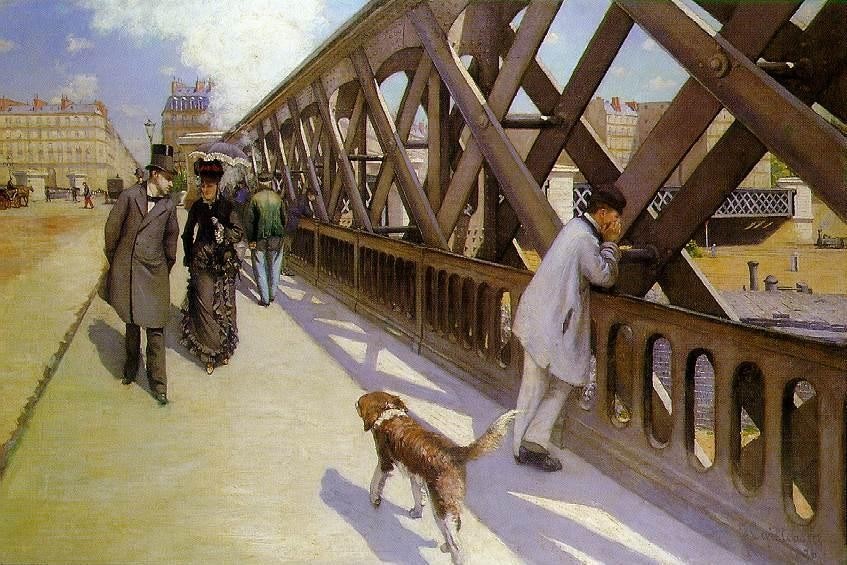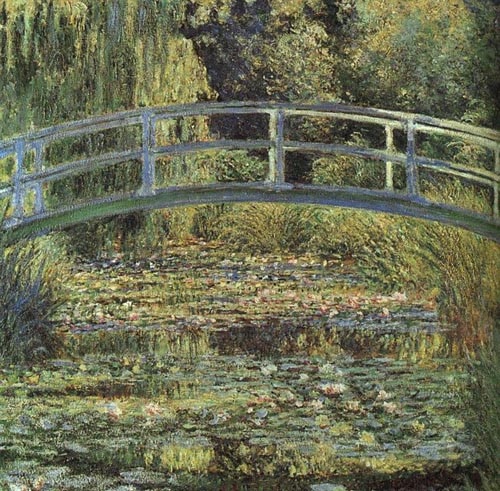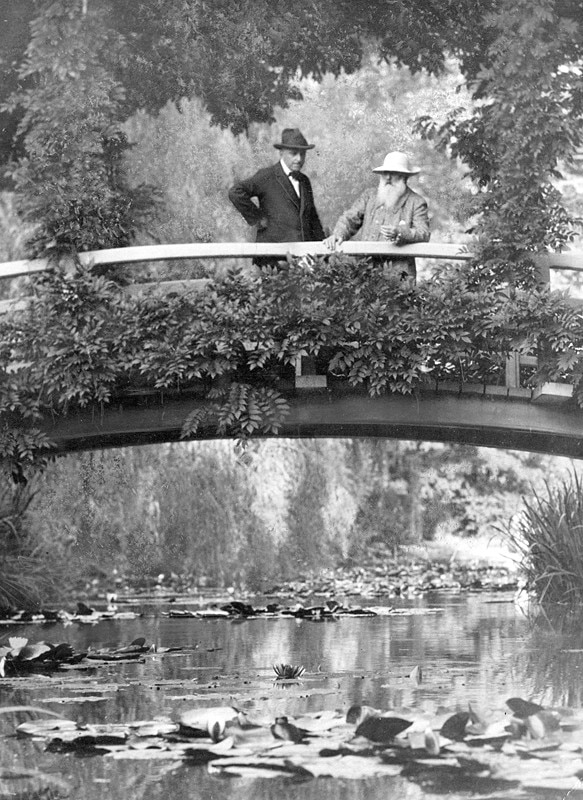“A bold and immense work” was how the President of the Italian Republic defined the Polcevera viaduct on 4 September 1967. The engineer Riccardo Morandi, a master of reinforced, a scholar of the strength of this material, and the designer of the great empire of bridges in both Italy and abroad, was inaugurating his most famous creation.
But on 14 August 2018, in the midst of a relentless rainstorm, a deafening crash boomed through the city of Genoa. A section of the bridge collapsed, taking with it 43 lives and a part of Italian engineering fame.
Almost two years on, the winner of the Pritzker prize, illustrious native of Genoa, architect and icon of global contemporary culture Renzo Piano has rebuilt the bridge. From the Morandi Bridge to the Piano Bridge, the Italian bridge. Designed and constructed like a cathedral, not only in terms of the technical complexity that lies behind the clean lines of its slim silhouette of iron and voids, but also, just like cathedrals, it will represent the choral portrait of an entire community represented and recognised through this work of reconstruction, a metaphor for redemption and union.
A privileged subject in paintings through the ages and across genres, an architectural element charged with infinite meaning, the Bridge is a metaphor for a connection between two points, a unifying element. In the verdant Normandy village of Giverny, Claude Monet created an extensive garden that stretched beyond a wide road that cut the land in two. He followed the planning of the garden personally, which contained small waterways and a pond with lilies and weeping willows, all surrounded by an infinite variety of flowers and plants. In this magical setting, en plein air painting reached its peak; an idyllic garden, a hortus conclusus.
Immersed in lush vegetation, the Japanese-style wooden bridge became the protagonist of an unforgettable series of paintings showing the subject in various seasons with a range of dominant colours. The bridge served as a crossing over the small lily filled lake that was the focus of his creativity for the entire period in Giverny. The space is continuous and infinite, and the horizon and perspective are completely absent. The sky and the water blend together in an osmotic movement that creates a lyrical harmony through the pure and luminous colours. Sunlight, reflections from the water and the green of the surrounding vegetation blend together on the wooden structure. The wonderful lighting effects create the perfect conditions for the integration of idealism, reality and artifice in a single and breath-taking setting. The background of the lake is clearly visible, through a typical technique of Monet with which three moments are brought together in a single instant: the effect of the depth of the water, the effect of the reflected vegetation and the effect of the water’s surface.
It was by no means the only bridge to be depicted by Monet. One only needs to recall the painting held at the Musée des beaux-arts de Lyon, Charing Cross Bridge from 1903, or Waterloo Bridge, Gray Day, at the National Gallery of Art in Washington, the Railroad Bridge at the Philadelphia Museum of Arts, and Le Pont de L’Europe, Gare Saint-Lazare, at the Musée Marmottan Monet, which the artist painted in1877.
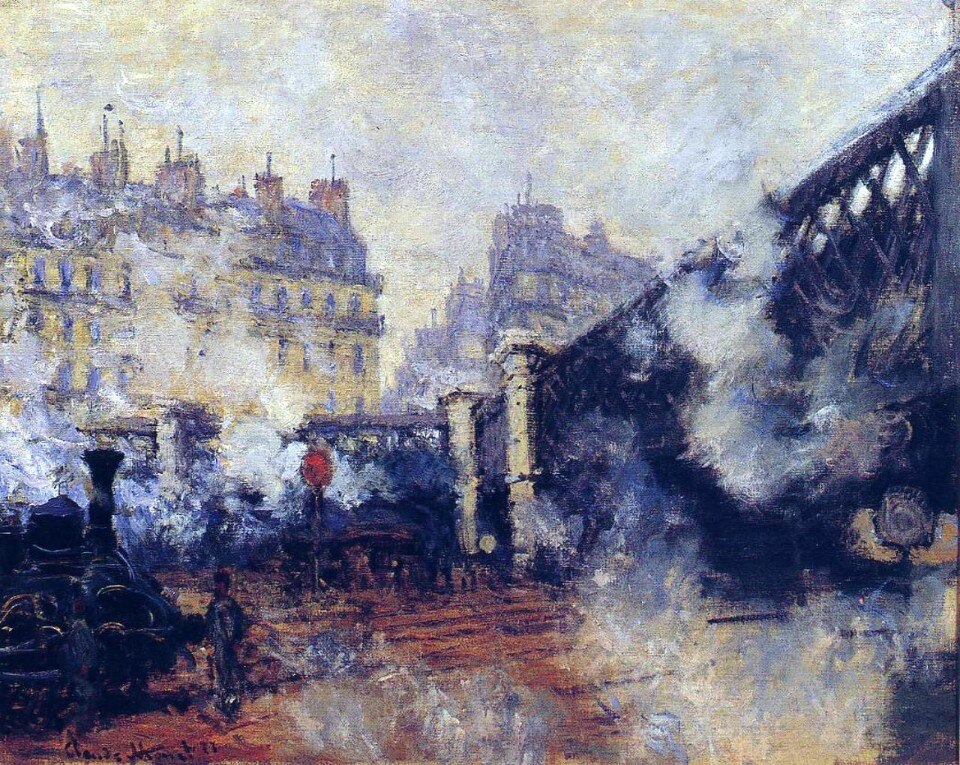
A year earlier, another artist had been enraptured by this bridge, which had recently been opened in the vicinity of the Gare Saint Lazare. He was Gustave Caillebotte, witness to the great architectural transformation of Paris in a period of intense development. The painting shows the same subject, but the stylistic and sentimental description is completely different. The perspective changes: this time we are on the bridge. The artist presents the work in a direct manner, involving the viewer in a subject vision. A photography enthusiast, Caillebotte presents a scene from daily life in a captured moment, a clear, precise and industrial image, an acknowledgement of this metal creation. It was a move away from the Impressionist style and a return to a certain form of academism, aided here by the strict composition and a shifted and elusive perspective. Even the shadows contribute to the painting’s rigour. Numerous studies carried out on site, both in pencil and oil, show that the creation of the painting was a long process, and that each stroke and element had been carefully studied before becoming a definitive part.
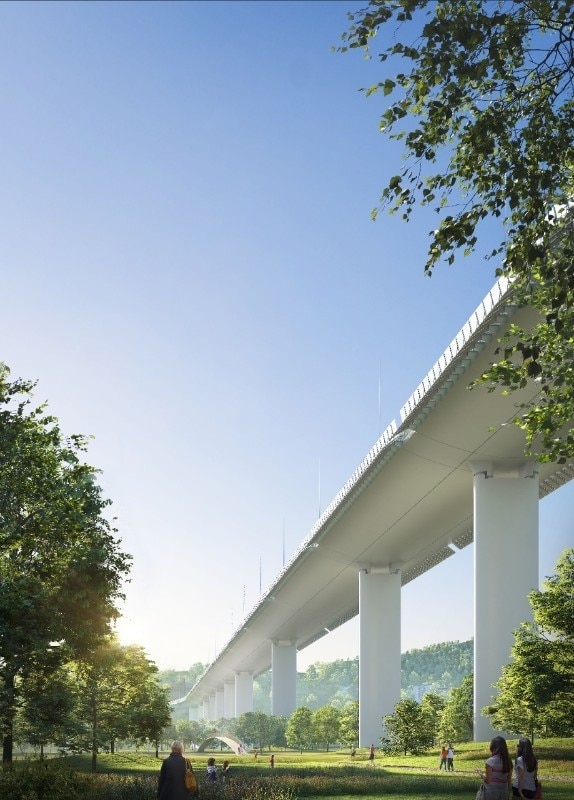
The Rialto Bridge, the Bridge of Sighs and the many smaller bridges over the canals of Venice have seen generations of painters try their hand at illustrating them and at times become famous for having chosen Venice as a source of inspiration, and the most famous, almost obvious, of them all is Giovanni Antonio Canal, better known as Canaletto, even though he also spend a period in London, producing a number of works depicting the bridges over the Thames.
“Other artists paint, a bridge, a house, a boat”, wrote Claude Monet. “I want to paint the air which surrounds the bridge, the house, the boat, the beauty of the light in which these objects are located”.


